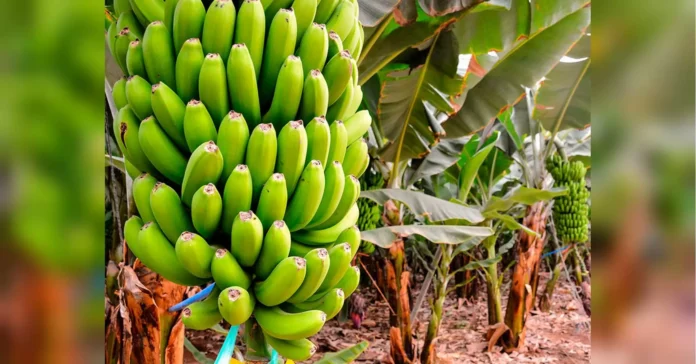Whole Plantations of Popular Species Disappearing Due to Disease
In recent years, there has been a concerning trend in the agricultural industry – entire plantations of popular species are disappearing due to disease. This has caused significant losses for farmers and has raised concerns about the future of these crops. The impact of these diseases goes beyond just the economic aspect, as it also affects the environment and the livelihoods of those who depend on these crops. In this article, we will explore the reasons behind this phenomenon and the steps being taken to address it.
One of the main reasons for the disappearance of plantations is the spread of diseases. These diseases can be caused by various factors such as bacteria, viruses, fungi, and pests. They can be transmitted through contaminated soil, water, or even by insects. Once a disease infects a crop, it can spread rapidly and devastate entire plantations. This is especially true for monoculture crops, where a large area is planted with the same species, making it easier for diseases to spread.
One of the most affected crops is the banana. Bananas are one of the most popular fruits in the world, with over 100 billion consumed annually. However, in recent years, a disease called Fusarium wilt, also known as Panama disease, has been spreading and wiping out entire banana plantations. This disease is caused by a soil-borne fungus and can survive in the soil for decades, making it difficult to control. It attacks the plant’s vascular system, preventing it from absorbing water and nutrients, eventually causing it to wilt and die.
Another crop that has been facing a similar fate is the American chestnut tree. Once a dominant species in the eastern United States, the American chestnut was almost completely wiped out by a disease called chestnut blight. This disease, caused by a fungus, was accidentally introduced to the United States in the late 1800s and spread rapidly, killing an estimated 4 billion trees. The loss of the American chestnut had a significant impact on the ecosystem, as it was an important food source for wildlife and a valuable timber tree.
The disappearance of these plantations not only affects the farmers who rely on them for their livelihoods but also has a significant impact on the environment. Monoculture crops, such as bananas and American chestnuts, are often grown in large quantities, which can lead to soil degradation and loss of biodiversity. When these crops disappear, it can also disrupt the delicate balance of the ecosystem, affecting other plants and animals that depend on them.
So, what is being done to address this issue? One approach is to develop disease-resistant varieties of crops. Scientists are working to identify and breed plants that are resistant to diseases, such as the Panama disease-resistant banana. This approach has shown promising results, but it can be a slow and costly process. Another approach is to diversify crops and promote agroforestry, where different crops are grown together in the same area. This can help reduce the spread of diseases and improve soil health.
In addition to these efforts, it is essential to raise awareness about the importance of biodiversity and the dangers of monoculture farming. Farmers can also take preventive measures, such as rotating crops and using natural pest control methods, to reduce the risk of diseases. Governments and international organizations can also play a crucial role by providing support and resources to farmers and promoting sustainable farming practices.
It is heartening to see that there is a growing awareness and effort to address this issue. However, it is crucial to act quickly and effectively to prevent the loss of more plantations. We must also remember that the disappearance of these crops not only affects the economy but also has a significant impact on our food supply and the environment.
In conclusion, the disappearance of entire plantations of popular species due to disease is a concerning issue that requires immediate attention. It is a complex problem that requires a multi-faceted approach, including developing disease-resistant varieties, promoting agroforestry, and raising awareness about the importance of biodiversity. By working together, we can protect our crops, our environment, and our future. Let us take action now before it’s too late.

